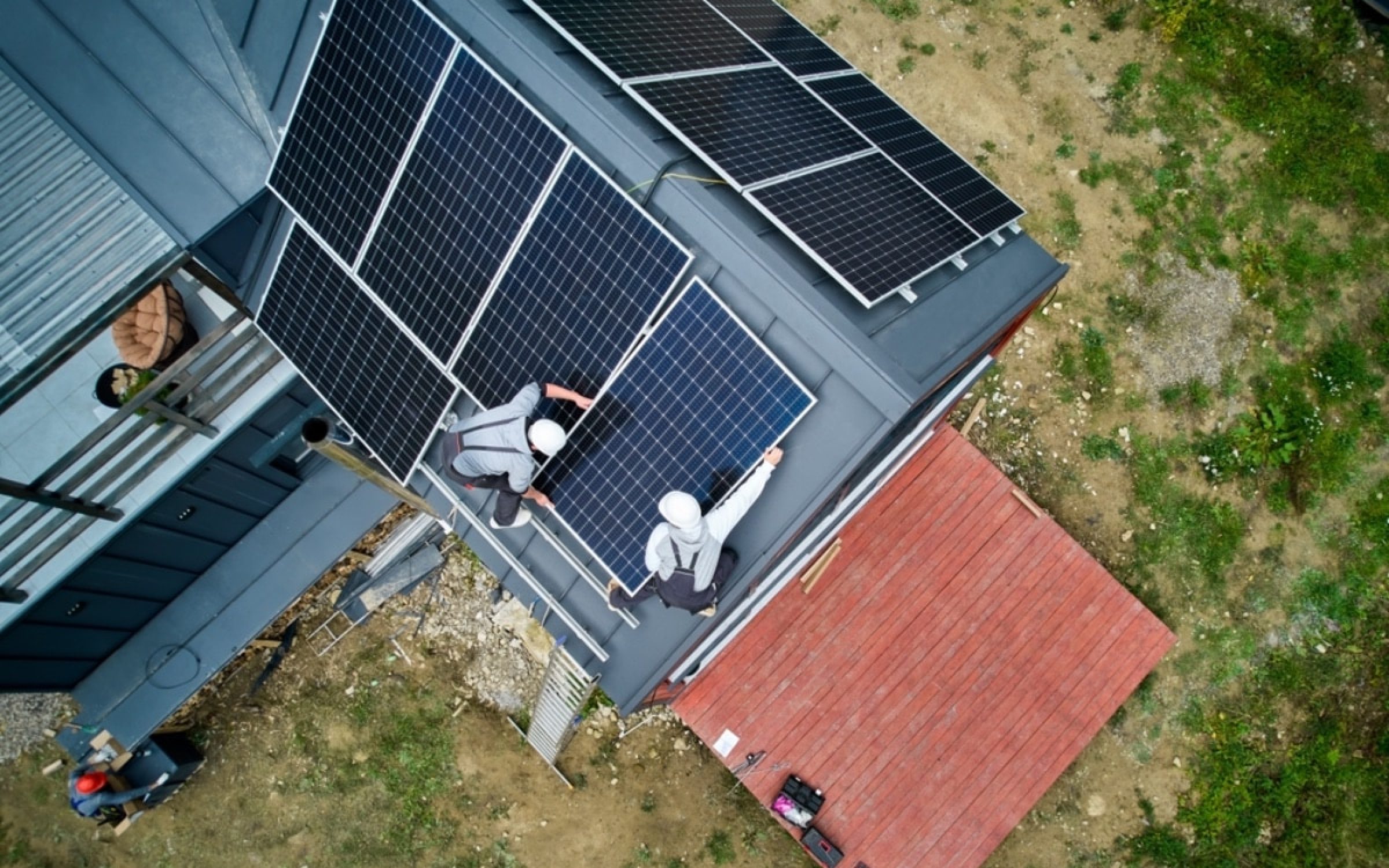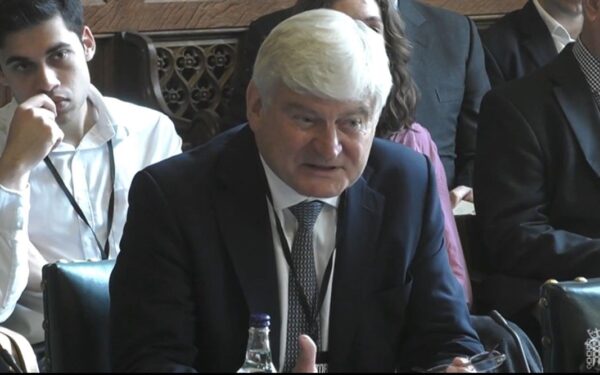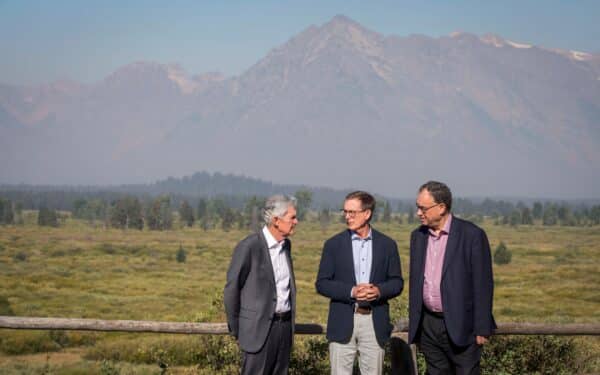Of all the barriers to the energy transition, the greatest is cost. High costs help explain why, despite a broad international consensus on the need to arrest carbon emissions, oil, coal and gas still account for about 80% of global energy consumption. Fossil fuels have dominated because they were cheap.
Renewables, originally in the form of hydropower, have been around for many decades but, until about 15 years ago, their share of global energy use remained relatively flat. Building a new coal or gas-fired power plant provided cheaper power than new wind or solar capacity. Now, thanks to advances in technology and manufacturing, renewables are far cheaper. The price of electricity generated by new solar capacity has declined by over 90% in the last decade and the price of electricity generated by wind has fallen by over 70%.
The decline in the cost of solar power is even more remarkable over a longer time period. The first practical use of solar power was to power US satellites in the late 1950s. The costs per watt were staggering, roughly five million times today’s levels. Through the 1960s solar panels were restricted to specialist, high-value settings, principally satellites. But as know-how and scale developed, prices started to fall, leading to the wider deployment of solar panels in areas without access to grid electricity.
Solar and, indeed, wind technology is subject to Wright’s law, coined in 1936 by aeronautical engineer Theodore Paul Wright. It describes how some products are subject to a learning curve, meaning that for each percent increase in cumulative production, there is a percentage improvement in efficiency as manufacturers learn by doing. In the case of solar and wind, government subsidies, especially in China, have played a major role in kickstarting the process. The result has been a virtuous cycle of lower prices driving demand and production which, in turn, drives down prices. The Our World in Data website estimates that every doubling of installed solar capacity leads to a roughly 20% decline in the price of solar modules.
By contrast, fossil capacity does not follow Wright’s Law. Costs do not decline over time. Fossil fuels require capital investment and a fuel that must be found, extracted, processed and transported. The price of coal burnt at power plants, for instance, accounts for roughly 40% of total costs. Oil, gas and coal have an irreducible cost.
Renewables have the dual advantage of enjoying declining technology costs and a ‘zero-fuel cost’ as fuel is in the form of sun and wind. Solar has particular advantages. Solar panels are a relatively standard, low-maintenance product with no moving parts, quite unlike a jet engine or a gas turbine. This simplicity has created intense competition from manufacturers that has helped drive down prices. And, as The Economist observed in a recent article, the building block of the technology – solar panels – is the same whether being put on the roof of a house in London or used to create the vast solar farms that are being built across the world.
The lower cost of renewables has led to a vast increase in wind and solar capacity. According to the Our World in Data website, since 2008, renewables have almost doubled, from 8% to 15% of world energy use. The Economist estimates that total solar capacity doubles roughly every three years and rises tenfold every decade. By the mid-2030s, solar will be the biggest source of electrical power, according to The Economist, and the biggest source of power by the mid-2040s.
Lower costs are a necessary, but not sufficient condition to achieve a complete transition from fossil fuels. The central challenges with solar and wind are intermittent supply, the need for storage and getting power to consumers. The sunniest parts of the world tend to be distant from the heaviest users of energy. (A UK-based company, Xlinks, is planning to connect the UK grid to solar and wind energy generated on a 1,500 square kilometre site in Morocco through 3,800km of high-voltage direct current subsea cables.) Solar requires large areas of land that, at least in densely populated countries like England, can conflict with the needs of agriculture, recreation and house building. Onshore wind tends to be unpopular with nearby residents which helps explain why the previous UK government operated a (now repealed) de facto ban on new onshore capacity.
Many types of energy use, such as aviation, heating, shipping and road transport will require huge investment to switch to electricity. Electricity from new solar and wind capacity is becoming ever cheaper but storing, transporting and using electricity will involve vast levels of capital spending. As the take up of electric vehicles or the state of electricity grids attest, improvements in wider energy infrastructure lag far behind improvements in solar technology. Energy transitions are far more than a change from one energy source to another. Wholesale energy transitions shape economies and societies.
Western countries also fret about China’s dominating position in the global market for solar panels. With heavily subsidised manufacturers, a vast domestic market and years of investment, China now accounts for 80% of global solar capacity. Consumers around the world have reaped the benefits in the form of ever cheaper solar power but critics worry about the loss of western capacity and know-how in a key energy technology.
Yet none of this should obscure the remarkable fall in the cost of solar and wind power. That process has much further to run. Renewables, once an expensive alternative to fossil fuels, will increasingly become the low-cost option.
A personal view from Ian Stewart, Deloitte’s Chief Economist in the UK. Subscribe and/or view previous editions of Deloitte Monday Briefing here.
Write to us with your comments to be considered for publication at letters@reaction.life




